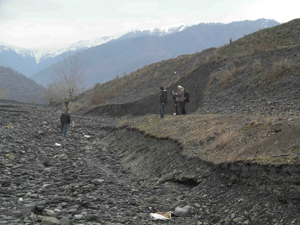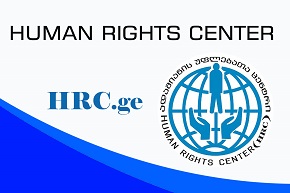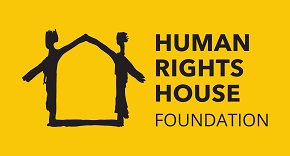Gela Mtivlishvili, Kakheti
 Ecological disaster is expected in Duruji Ravine in Kvareli. Specialists say the situation is alarming. They have been predicting the disaster for many years but nobody pays attention to them.
Ecological disaster is expected in Duruji Ravine in Kvareli. Specialists say the situation is alarming. They have been predicting the disaster for many years but nobody pays attention to them.
“Since 1990, the bed of the River Duruji has not been cleaned. Before that, 6-7 excavators were working in the area every day; they were cleaning the brought ruins and threw them on the bank dam. The sand and stones have gathered for the last 20 years and protecting dams were completely buried. At the moment, the River Duruj is flowing higher than residential area of Kvareli. Even if the river floods a bit, it can break through the damaged borders and overflow Kvareli and bury the population alive,” said doctor of technical science, Professor Anzor Sakandelidze.
Head of the department for geological disasters and management of geological environment within the environmental national agency Emil Tsereteli said the situation is very urgent and we should study it immediately.
“We must estimate concrete spots where the working activities shall be carried out. Otherwise, the river might flood the entire Kvareli,” said Emil Tsereteli.
Duruji first destroyed Kvareli in 1832. The next tragedy happened in 1904 – torrent, stones and road-metal brought by the river destroyed the entire town; it carried the children in their cradles away from houses. In 1906, with the imitative of Ilia Chavchavadze protecting dams were constructed on the river Duruji which protected the town before 1949. In 1949 the river-flood shook the entire Soviet Union; the torrent attacked military base, where part of military aviation, which participated in the capture of Berlin, was deployed. Within several minutes 56 people died among them 54 were pilots. A lot of cattle died, the gardens and vine-yards were destroyed.
As we have found out, if the disaster happens due to the problems existing in regard with Duruji River, there is no evacuation plan of population from Kvareli.
“The river-bed full of sand and stones creates real threat; however, the situation is not so alarming to create the plan for evacuation,” said deputy head of civil security department within the department for urgent situations Archil Nizharadze.
Years ago, the watch-house of the department was working on the top of the Duruji River; people could have been warned from the watch-house in emergency situation.
According to environmental officers, the bed of the river has not been cleaned for 20 years already. “The river brings about 500 000 cube meters of ruins a year for what the bed is raising higher and higher. There is a bridge on the way to Telavi which was built 20 years ago and initially it was 10 meters high. Now, the river waves almost heat the bridge. The ruins of about 12 million cube meters around the river have created a small mountain in fact. This mountain protects Kvareli from the river but if it floods, the mountain might move towards the town and damage it extremely poorly,” said Rezo Getiashvili, project coordinator for the Caucasian Environmental NGO Network.
Geologists and specialists of construction materials offer the government of Georgia to start a special project to reduce the risk of Duruji.
Otar Samkharauli, Geologist: “The materials brought by the river are the best raw materials for the production of expanded clay; and high-quality construction blocks can be made of it. Besides that, if we add the materials brought by the river to the necessary components of technological cycle of cement, we will receive best quality, so-called 500-mark PortalCement. The success of this project is not doubtful because of existence of free raw materials. The profit will be so huge that the factory will reimburse its expenses in 2 years.
Professor Anzor Sakandelidze said scientists have already studied this problem in scientific-practical view and are ready to work. “For it we need construction of experimental oven and purchase of sewing equipment which will cost about 50 000 USD. We could not get this money and because of it the practical realization of unique project is delayed though it could resolve serious problem in Georgia.”



